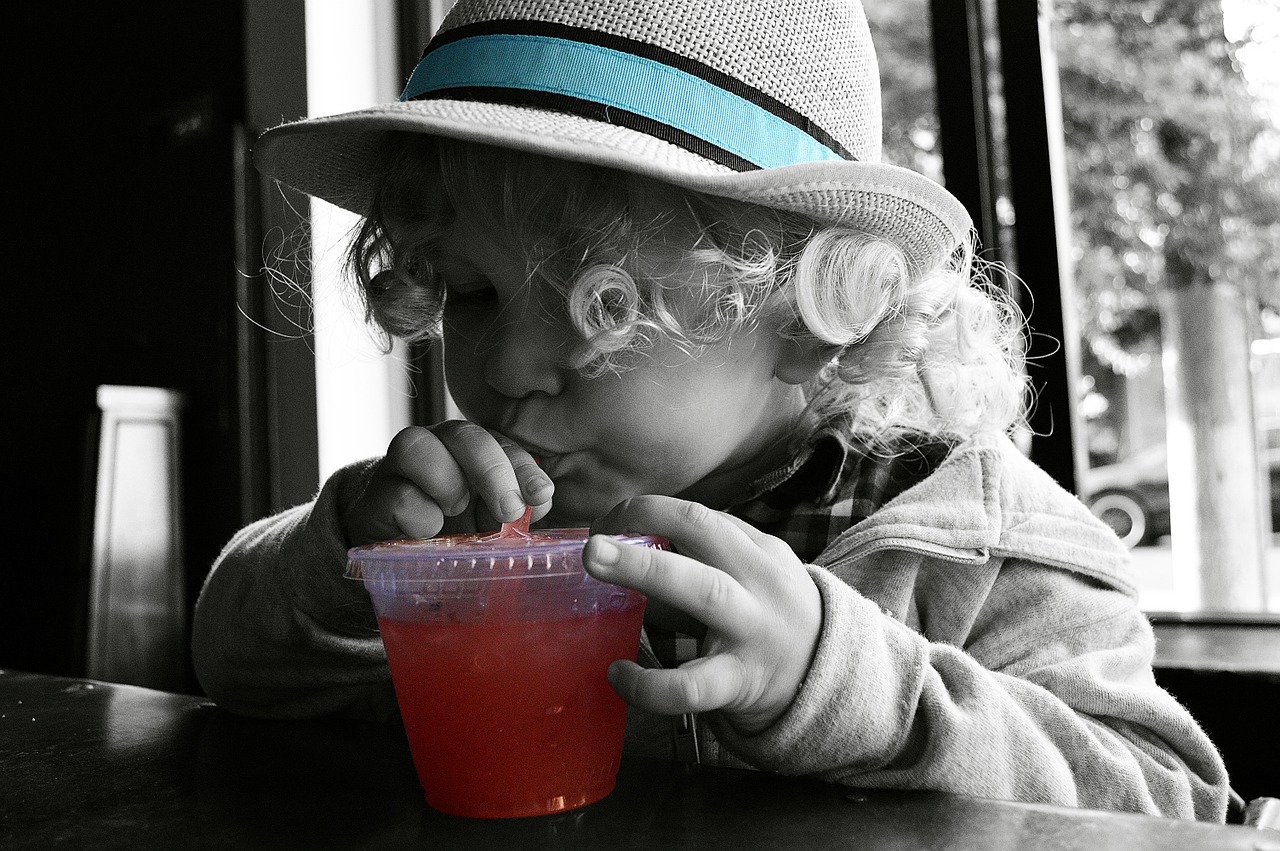
You are at a restaurant seated with your child and you witness the most polite and well behaved child on the planet at the next table. He sits still, waits until his mom is finished talking and asks for what he wants by saying “may I please have ….” You wonder how this child, who looks about the same age as yours, is not fidgeting in his chair, screaming and demanding he gets his mac and cheese NOW. What has that parent done right and why do you feel like you have done it all wrong?
Give yourself a break. If you love your child, want what is best for him, work hard to see that he is well cared for and strive to spend time with him, you are a fantastic parent. Just breathe and realize that there will be ups and downs, but that the end result is what you are working for, not this moment in time when your child is going nuts. This will pass and you will survive it.
Try not to compare your child’s behaviors to others children. That other child is most likely not always as calm and polite as he appears now. It is very possible that just 10 minutes earlier he was screaming just as loud as yours. Children develop the ability to control behaviors at their own pace. One child might have no problem sitting still in his chair, but be unable to wait his turn, while another child might be fully willing to share and take turns without issue, but seems to be unable to sit still. Comparing your child with other children is never a good idea.
Don’t let your frustration with bad manners come from other people’s judgment.You might find yourself frustrated with your child most often when he does not use the words “please” and “thank you” in public. This frustration usually stems from your sense that other people are watching and judging you. Perhaps you then utter the phrase “what do you say” or “you know better than that” in order to show others around you that you ARE teaching manners to your child. You are probably less concerned about courtesy in your own home when no one is around. It is when you get in the spotlight of the public eye that those concerns over P’s and Q’s surface. So, work to ignore those seemly prying eyes and realize that your child is doing the best he can at that moment. Don’t feel like a bad parent because your child is having a rough time. Love him and move on.
Model good manners for him. The number one way that a child learns manners is though the example others set for him. Children are little mirrors. When you find your child exhibiting a behavior that frustrates you, more frequently than not it is a behavior you have exhibited first. This is not always the case, because children can pick things up from other adults or children in their lives or even from TV, but it is commonly the case. So take a good look at the way you talk to your child. Do you ALWAYS use polite manners when talking with him? Do you ALWAYS say please, thank you and your welcome and use polite tones when asking for things? Or do you only say it every now and then in public? If you use these phrases only spastically, your child is getting mixed signals about their use. He will see your inconsistency and use as a sign that these words only need to be used when he REALLY wants something.
DON’T demand that he use the words “Please” and “Thank you.” Demanding the use of these words does not help your child understand what they mean, why he should use them or even help him want to use them more. It only creates a power struggle between you and your child. As stated before, the tactic to demand their use by questioning “what do you say” is most frequently used in public to demonstrate to others you are teaching good manners. Even when the requirement of their use is performed in private moments, it is with the hopes that the child will use them in public. The truth is that it is not necessary for your child to say these particular words every time he asks for something. The more important value is to make requests in a manner that is respectful. Focusing on the tone of voice is usually more significant. To help remind a child of polite words and manners, parents can talk to the child of generosity when someone gives him something. “That was so thoughtful of Grandma to give you that bear.” This will help the child really understand what it means to be thankful for something. When the child wants something and asks with a less than polite way, telling him “I like to be asked with kind words” will help him understand how to ask with courtesy.
Praise him when he does use polite manners. As with any habit you are trying to help your child build, catching the positive moments is the most effective teaching tool. Find the moments when he does what you are hoping he would and then praise him for those actions. “I really liked the way you asked your dad for that blanket.” Even simply saying “you are very welcome” when he says thank you can help reinforce the concept.
There is not a right or wrong way to teach a child to be polite. It is a lifelong process that will have its ups and downs. Being polite often has more to do with the child’s mood than anything else, and will become more consistent with time.




































